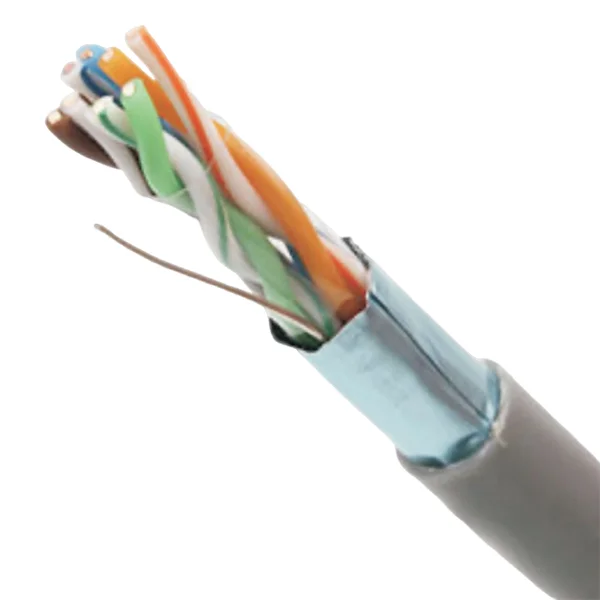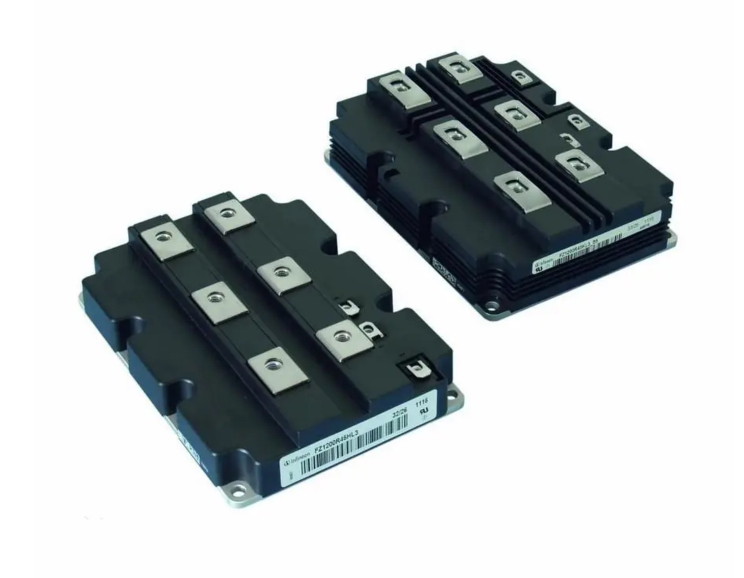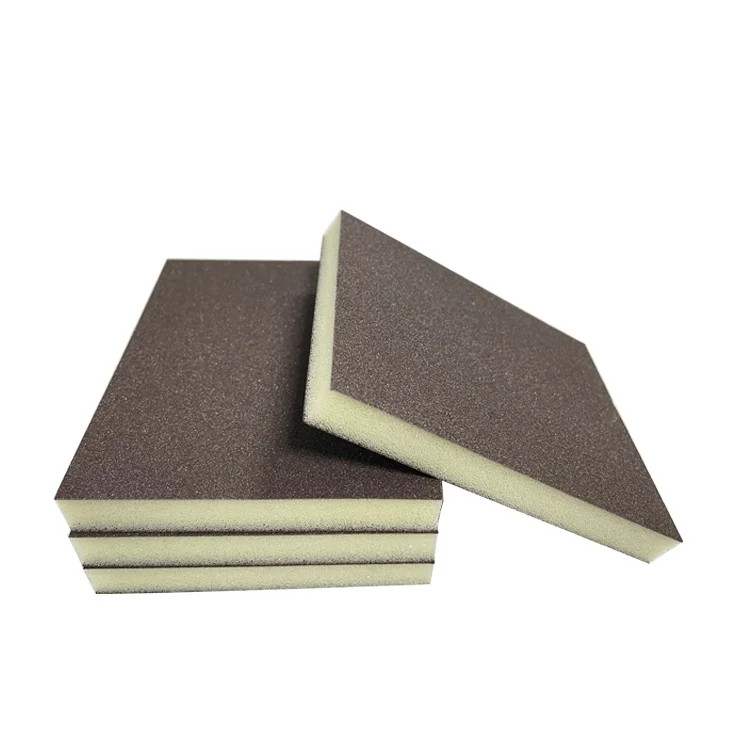Soldering is an essential skill in various fields, from electronics and electrical engineering to DIY projects and repairs. Properly soldering wires is crucial for ensuring reliable connections, minimizing resistance, and preventing potential failures in circuits. This article delves into the intricacies of soldering, providing a detailed guide on how to achieve optimal results.
Understanding Soldering: The Basics
Soldering is the process of joining two or more electronic components together by melting solder around the connection. Solder is typically a combination of tin and lead, although lead-free alternatives are increasingly popular due to health and environmental concerns. The solder cools and solidifies, creating a strong electrical and mechanical bond.
Essential Tools and Materials
Before diving into the soldering process, it’s vital to gather the necessary tools and materials:
- Soldering Iron: Choose a soldering iron with adjustable temperature settings. A wattage between 20W to 60W is ideal for most applications.
- Solder: Use rosin-core solder for electronics, as it contains a flux that helps clean the surfaces and improve the flow of solder.
- Wire Strippers: These are essential for removing insulation from wires without damaging the conductor.
- Soldering Iron Stand: A stand keeps the hot soldering iron safely in place when not in use.
- Safety Equipment: Safety glasses and a fume extractor or a well-ventilated area are crucial to protect against fumes and accidental burns.
Preparing for Soldering
Preparation is key to successful soldering. Follow these steps:
- Clean the Wires: Ensure that the wires are clean and free from oxidation. Use a wire brush or sandpaper to remove any corrosion.
- Strip the Wires: Use wire strippers to remove about 1/4 inch of insulation from the ends of the wires. Be careful not to nick the copper strands.
- Twist the Strands: If you’re working with stranded wire, twist the strands together to prevent fraying and ensure a solid connection.
- Tin the Wires: Before soldering, apply a small amount of solder to the exposed wire ends. This process, known as tinning, helps the solder flow more easily during the actual soldering process.
The Soldering Process
Now that you’re prepared, it’s time to solder:
- Heat the Soldering Iron: Plug in the soldering iron and allow it to reach the desired temperature (typically between 350°C to 400°C).
- Heat the Connection: Place the soldering iron tip against the wire joint for a second or two to heat it up. The goal is to heat both the wire and the solder simultaneously.
- Apply the Solder: Once the joint is heated, feed solder into the joint, allowing it to flow around the wires. Remove the solder and then the soldering iron.
- Let it Cool: Allow the joint to cool naturally. Do not move the wires while the solder is cooling, as this can create a cold joint, which is weak and unreliable.
- Inspect the Joint: A good solder joint should be shiny and have a smooth, concave shape. If it appears dull or has cracks, it may require re-soldering.
Common Soldering Mistakes to Avoid
Even experienced solderers can make mistakes. Here are some common pitfalls and how to avoid them:
- Cold Joints: These occur when the solder doesn’t flow properly, resulting in a weak connection. Ensure both the wire and solder are adequately heated.
- Overheating: Prolonged exposure to heat can damage components. Always remove the soldering iron promptly after applying solder.
- Insufficient Solder: Using too little solder can lead to weak connections. Ensure you use enough solder to cover the joint adequately.
- Neglecting Safety: Always wear safety glasses and work in a well-ventilated area to avoid inhaling fumes.
Conclusion
Mastering the art of soldering wires is a valuable skill that can enhance your capabilities in electronics and DIY projects. By following the steps outlined in this guide and avoiding common mistakes, you can create strong, reliable connections that stand the test of time. Whether you’re a hobbyist or a professional, proper soldering techniques will ensure your projects are successful and durable. Happy soldering!



